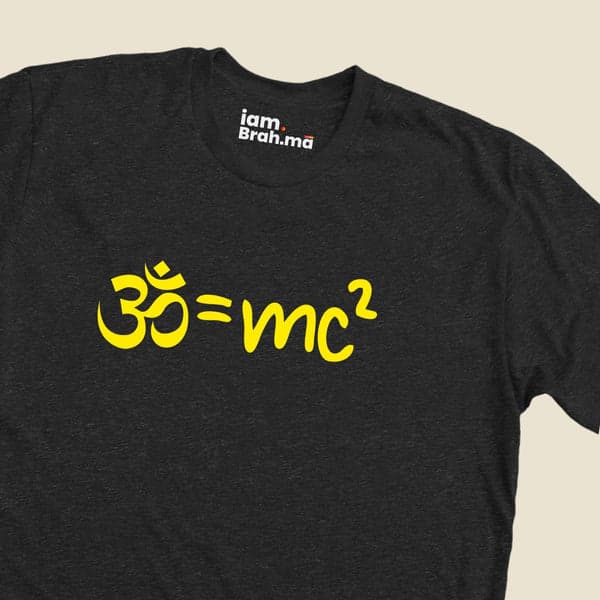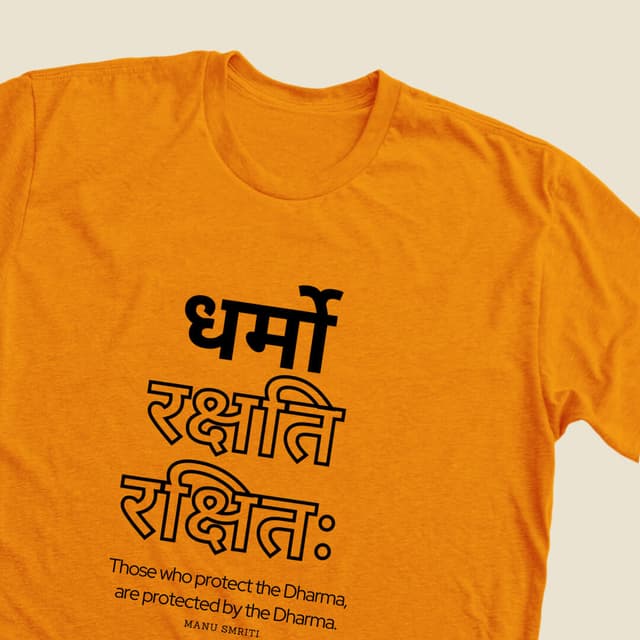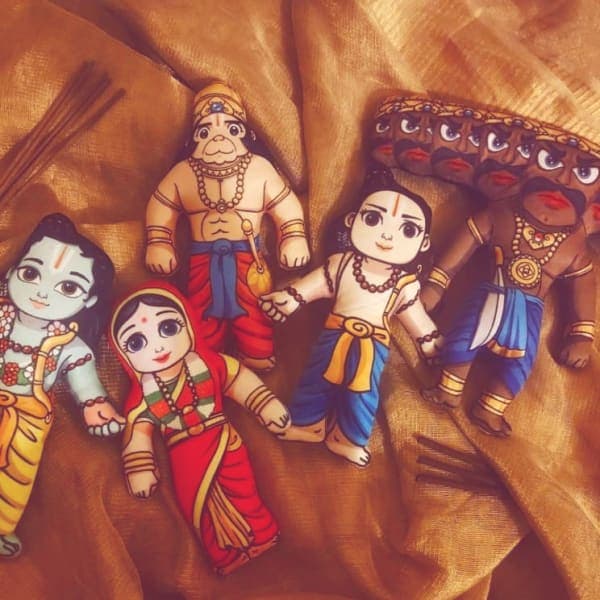Vaishanvism
What is Vaishnavism?
The worship and acceptance of Vishnu (Sanskrit: "The Pervader" or "The Immanent") or one of his countless incarnations (avatars) as the highest manifestation of the divine is known as Vaishnavism. Several Vaishnava organisations formed with various ideas and goals throughout the course of a lengthy and complex evolution. The Shrivaishnavas (also known as Vishishtadvaitins) and Madhvas (also known as Dvaitins) of South India; the followers of Vallabha's teachings in western India; and several Vaishnava groups in Bengal in eastern India, who follow teachings derived from those of the saint Chaitanya, are among the major Vaishnava groups. Most Vaishnava followers, on the other hand, draw from numerous traditions and combine Vishnu devotion with local rituals.
10 Avatars of Vishnu
About the Avatars
A Vainava is a follower of Brahm (God), who is known as Narayan and manifests as the Earthly Vishnu Aditya and Krishna Vasudeva, among other avatars. The religion is named after Vishnu, although it is also known as Bhgvatam and Satvatam[1] after Krishna, and Narayaniya after the Supreme Lord Narayan. The sect is also known as Ekanta Dharm because it worships Narayan, whom it sees as the one genuine God. [2] Although there are people regarded as avatars in Vainavam, it is not necessary to accept that they were avatars or Narayans because the sect is based on Narayans. Many Vaiśnavas that worship Vishnu like to identify Narayan as appearing the same as Vishnu and call him Maha-Vishnu, while many Vaiśnavas that worship Krishna like to imagine him appearing the same as Krishna. So basically they imagine the Earthly incarnation of Vishnu or Krishna as just a physical reflection of Narayan in heaven
...




